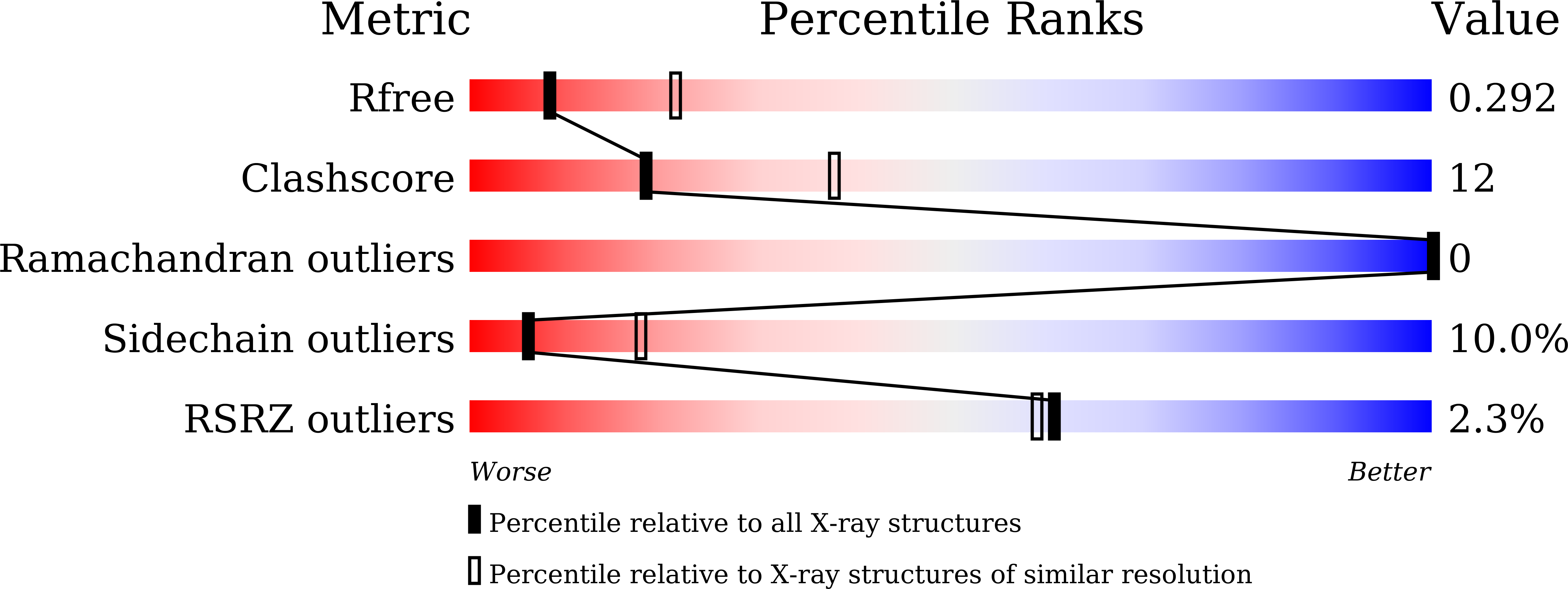
Deposition Date
2024-03-10
Release Date
2024-10-09
Last Version Date
2024-11-27
Entry Detail
PDB ID:
8YMZ
Keywords:
Title:
Structure of ZBTB43 in complex with CACA containing B-form DNA
Biological Source:
Source Organism:
Homo sapiens (Taxon ID: 9606)
Host Organism:
Method Details:
Experimental Method:
Resolution:
2.95 Å
R-Value Free:
0.29
R-Value Work:
0.26
R-Value Observed:
0.27
Space Group:
P 21 21 21


